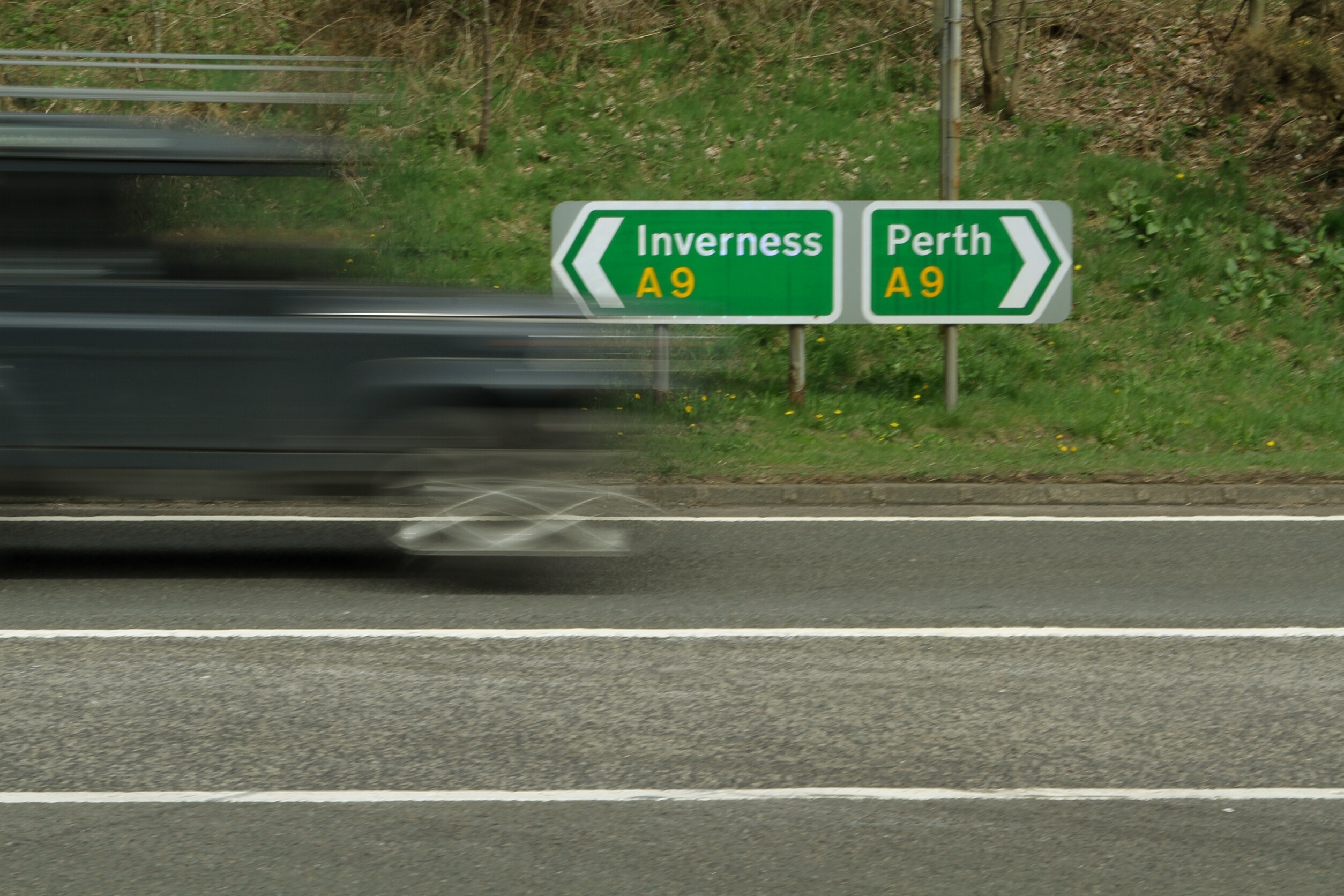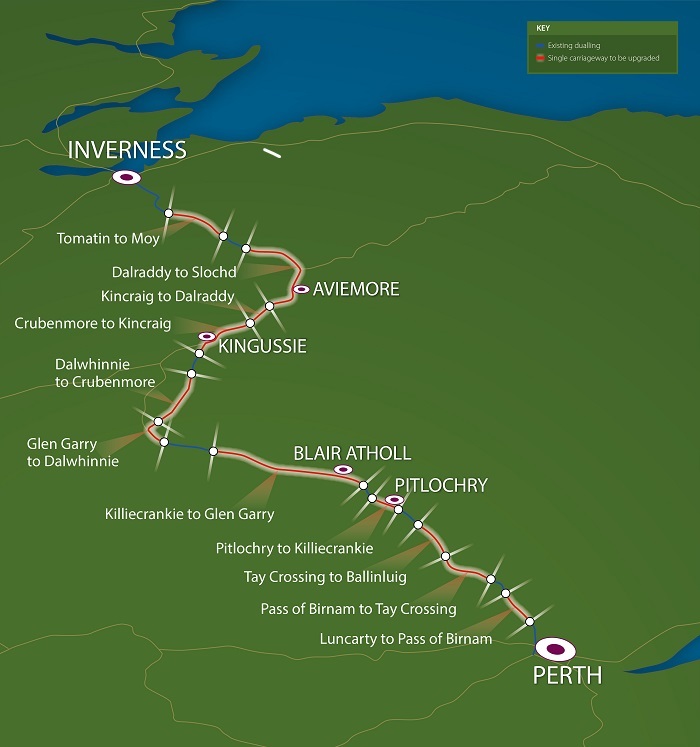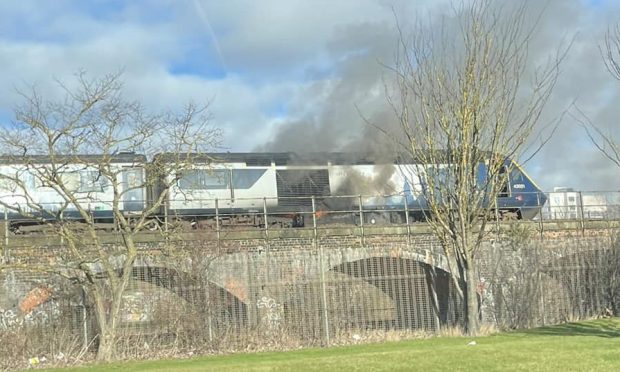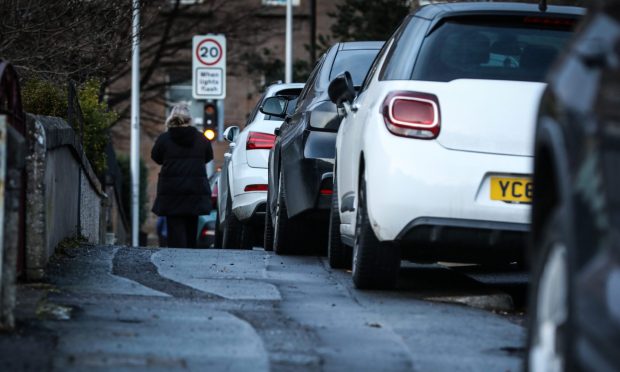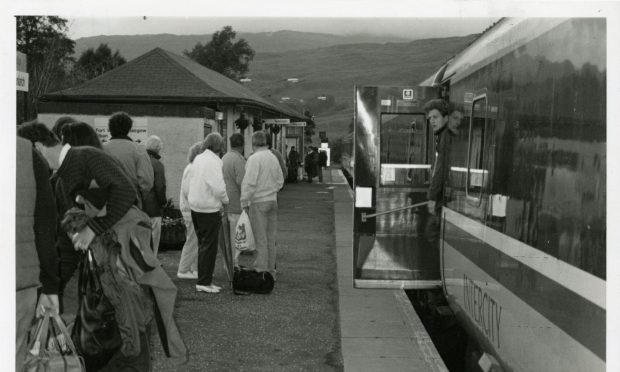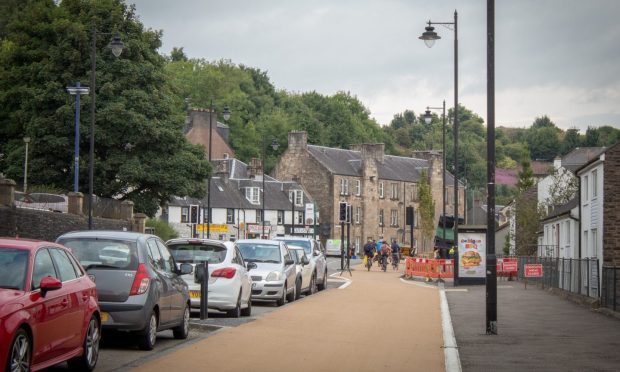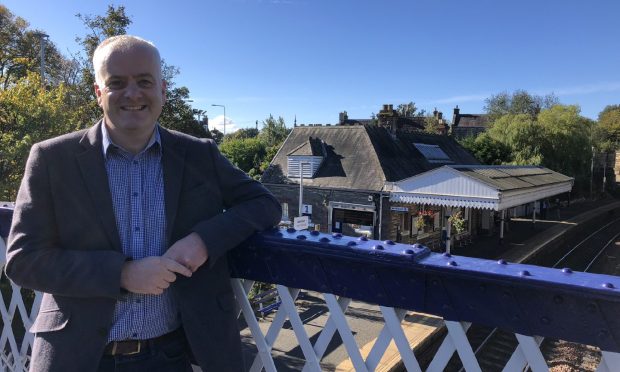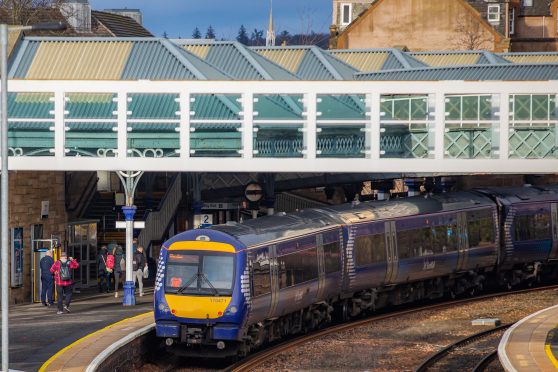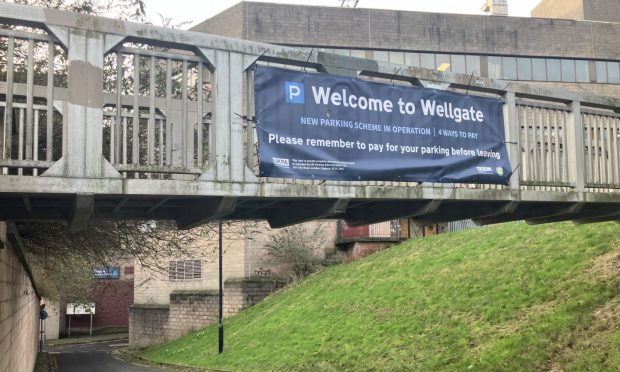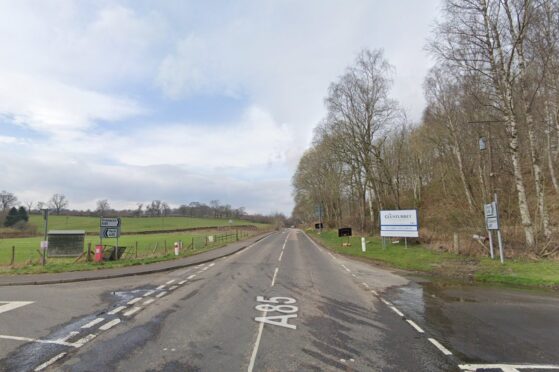Work to identify how the new dualled sections of A9 can be driven through Highland Perthshire’s rugged landscape will take place next week.
The A9 corridor is studded with rocky outcrops that pose a major engineering challenge to the teams taking forward the £3 billion project.
The rock slope investigations to take place between Killiecrankie and Glen Garry are “vital” to the success of that 22 km stretch.
Engineers will be carrying out investigations near Blair Atholl using ropes on the existing rocky outcrops next to the A9.
As a result, Transport Scotland is warning motorists to expect two weeks of delays, beginning on Monday May 22.
Traffic restrictions will have to be put in place to allow work beside the carriageway to be carried out safely.
The arrangements will include short, single file traffic sections controlled by temporary traffic signals.
The dualling project will upgrade 80 miles of single carriageway between Perth and Inverness and is one of the biggest infrastructure projects undertaken in Scottish history.
It aims to deliver quicker and more reliable journey times and improve safety and will be undertaken in 11 stages, each requiring major pre-construction works and planning to evaluate how it will fit into the landscape.
Consultations on the best possible solutions are still ongoing with communities along the route.
A spokesman for Transport Scotland said: “This rock investigation work is needed to get vital information for this stretch of the route, as we progress our plans to dual the road.
“We apologise for any inconvenience these works will cause and would thank road users and local communities in advance for their patience over the next few weeks.
“The trunk road operating company will closely monitor the operation of the traffic management measures to ensure that delays are kept to a minimum.
Motorists are asked to plan ahead and allow additional time for travel, with up-to-the-minute information available from the Traffic Scotland website.
